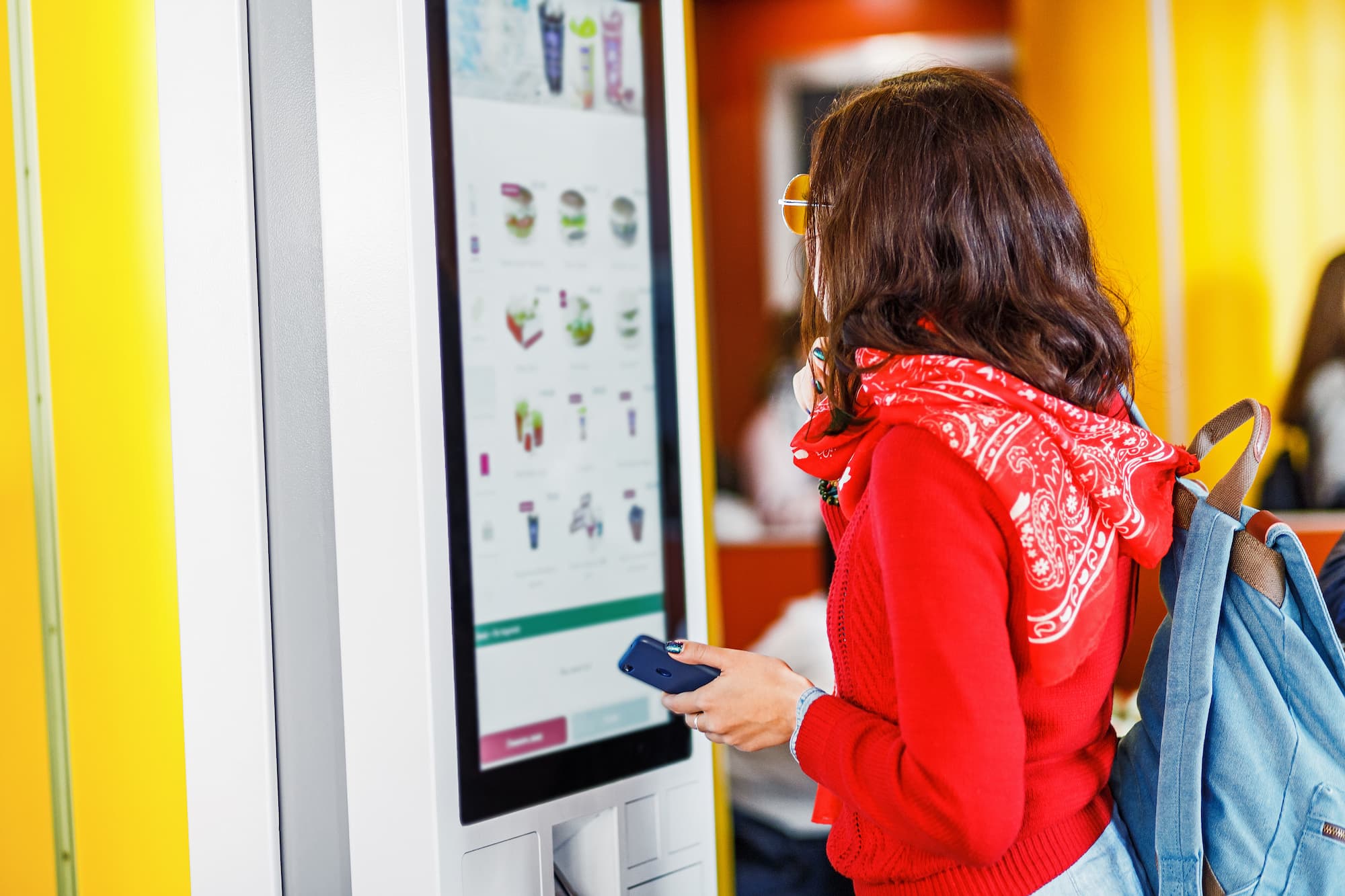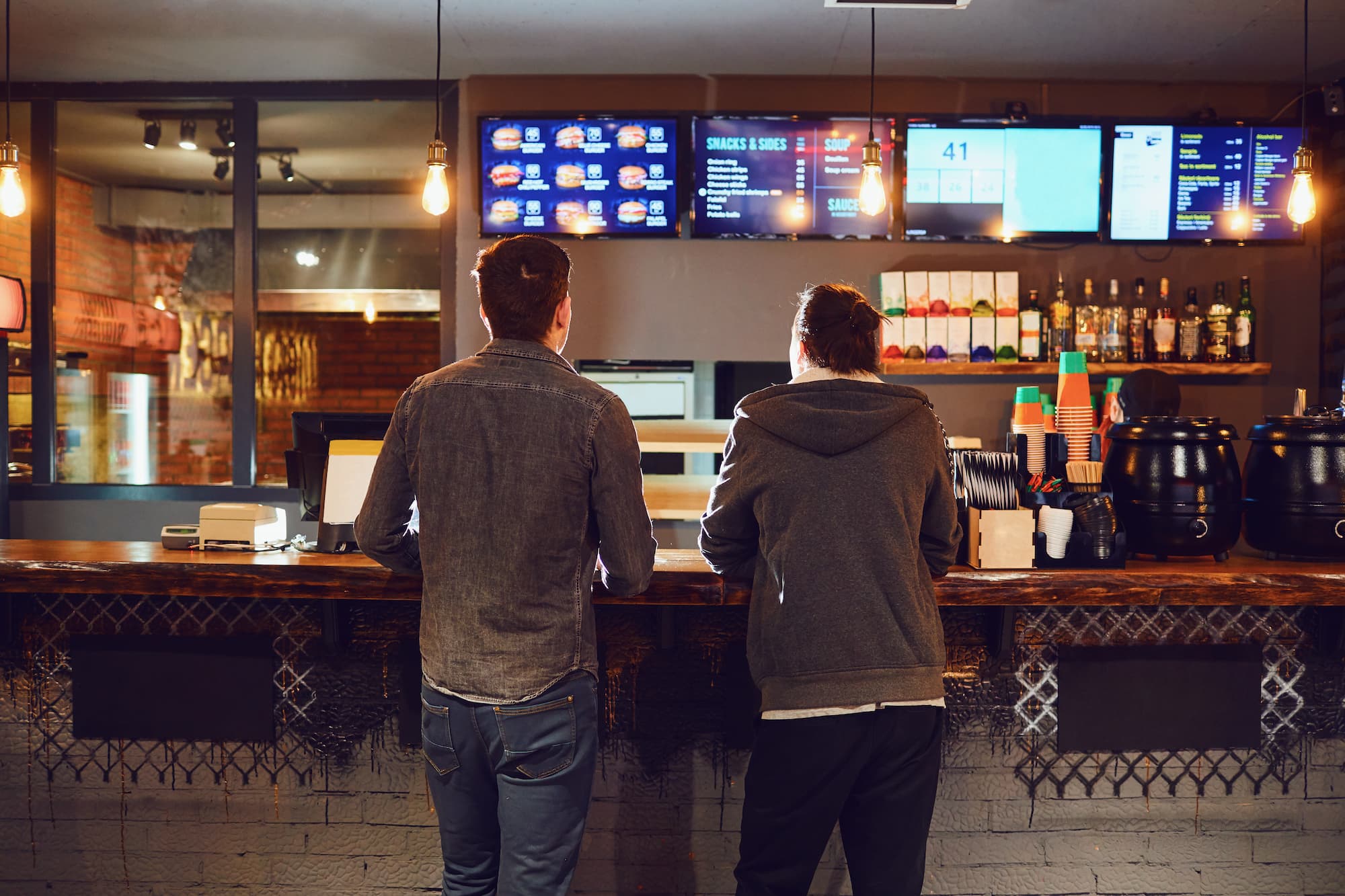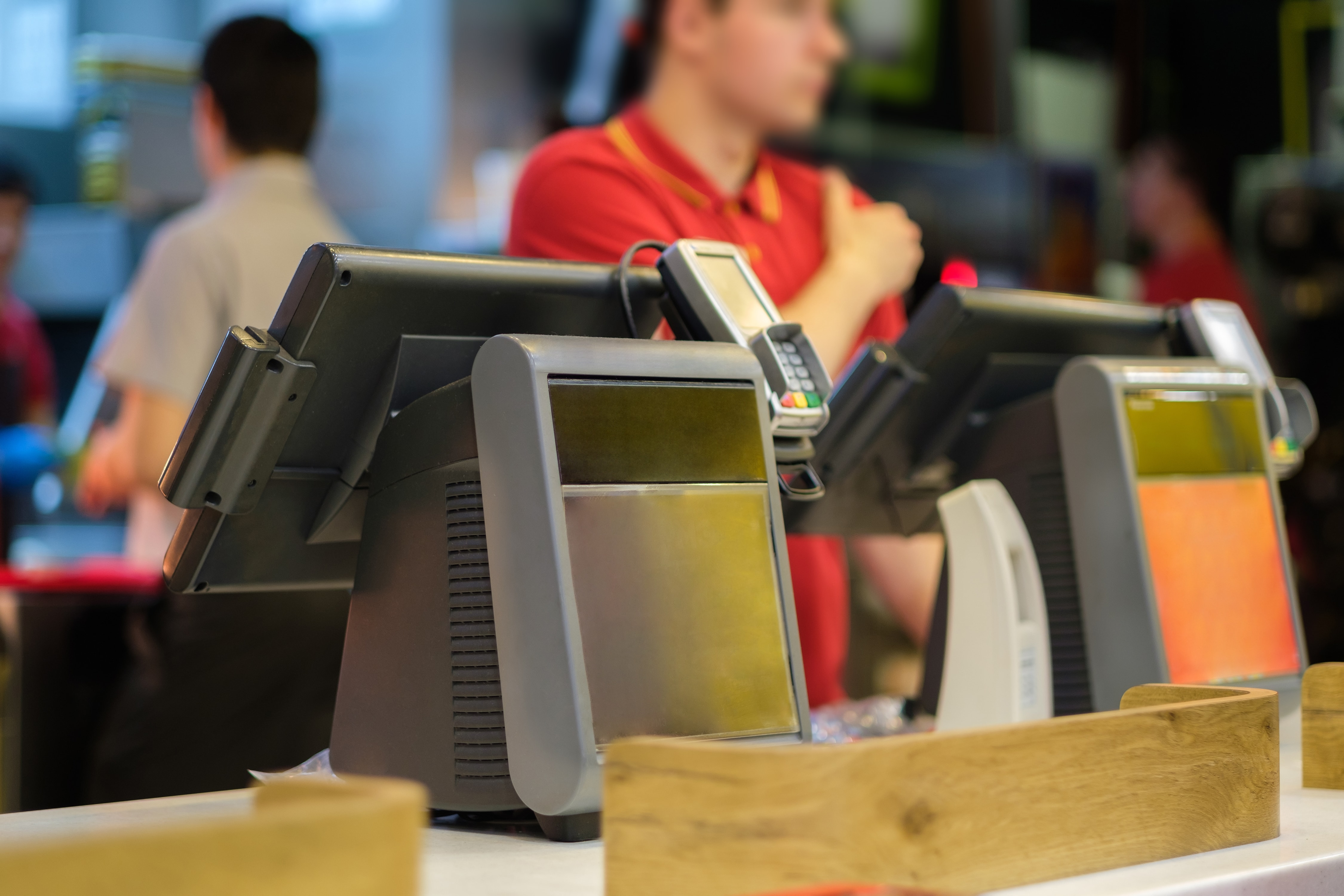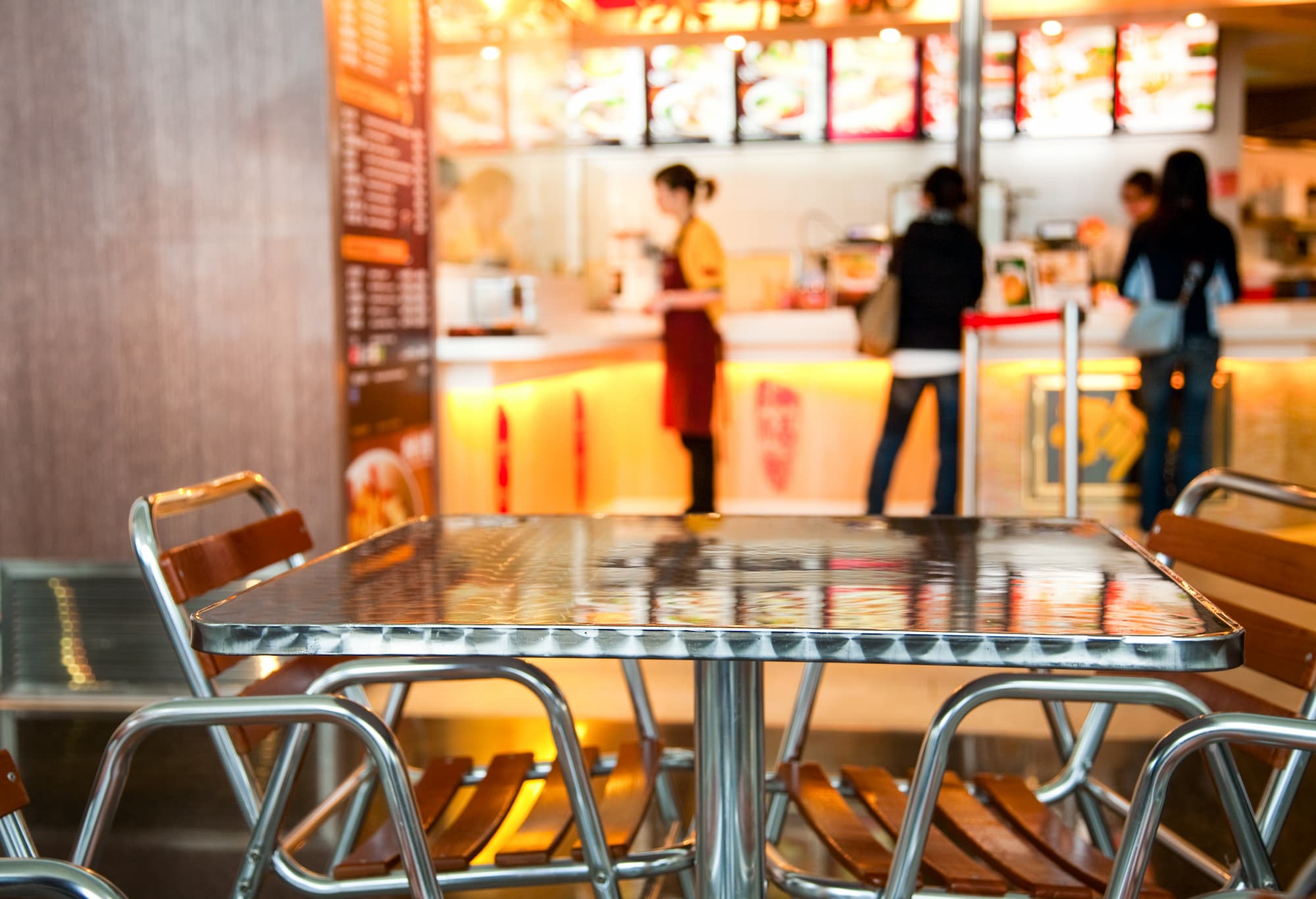In the midst of an unprecedented staffing shortage and escalating food prices, quick service restaurant (QSR) managers and executives are looking for ways to improve efficiencies and service while reducing operating costs. Ideally, these improvements shouldn’t require additional headcount and could even reduce the number of new hires needed per restaurant.
There are plenty of promising QSR tech developments in the pipeline, but many of these aren’t actually here yet. Deployable solutions may still be months or years away.
But what about right now? QSRs need solutions now — not years from now. For operators and executives who need ideas they can execute immediately, check out these four technology solutions that are ready to be deployed.
1. “Hardware-Less” Kiosks
Kiosk deployment at QSRs remains a significant growth area, though deployments certainly slowed during 2020 thanks to COVID-19. Supply chain issues, closed dining rooms, and staffing shortages played a part, but so did consumer sentiment.
The latest data shows that contact surfaces are an extremely unlikely transmission mechanism for the virus. But early surface sanitizing efforts were public and highly visible, leading to ongoing public fears about surface sanitization. For example, think of the big box store sanitizing individual cart handles before passing a cart to an arriving customer, or consumers that were sanitizing their grocery bags when arriving home.
We expect that conventional kiosks will continue to see widespread adoption among QSRs and that the COVID dip was, in fact, a temporary dip. Still, there are other related types of technology worth considering right now, including so-called “hardware-less” kiosks.
“Hardware-less” kiosks replace the kiosk experience with a highly visible QR code, which links out to a QSR’s web app. Customers can order from the app, selecting curbside, counter-side, or tableside delivery.
This technology requires no physical deployment for QSRs that already have online/mobile ordering mechanisms in place, and it allows consumers to use the function without having to download a branded app to their phones.
Customers need education, of course, as some might assume a hardware-less kiosk is simply a QR code link to a digital menu. But the technology shows definite promise.
2. Other Touchless Kiosks
Other still-digital kiosks are also going touchless. These may use eye tracking or hand tracking or even voice detection, though these innovations have a ways to go before they prove universally useful at any quick-service restaurant.
Still, other touchless kiosks combine a physical digital screen with a user’s smartphone, using personal devices for input decisions.
3. QSR Automation
QSR automation takes numerous forms, some of which are wholly within reach. Burger-flipping robots will most likely hit the mainstream someday. However, the automation solutions most restaurants use now tend to be more modest in scale.
Take mobile ordering. If your restaurant is still primarily or exclusively taking its mobile orders via phone call, that’s a highly manual process — and one prone to error.
Putting the ordering power into customers’ hands (via website or mobile app) has its own set of customer-facing benefits. The behind-the-scenes QSR automation that makes those systems run well will save you time and resources.
Orders arrive seamlessly into a kitchen display system, which tells your kitchen staff when to have which orders ready. You don’t need significant human oversight to keep the orders organized and prioritized, and you don’t lose an employee to a constant stream of phone orders.
Other QSR automation solutions empower store managers with scheduling tasks, including predictive scheduling based on performance metrics and historical sales. Right now it’s essential to get the most out of limited staff, and office automation tools can help.
4. Dual Drive-Thrus and Curbside Pickup
The pandemic created a near-overnight flip-flop in order types. Where many QSRs had relied heavily on in-person ordering, now customers didn’t want to come inside (and many QSRs shut down their dining rooms entirely for several months). QSRs shifted quickly to bulking up their drive-thru and curbside pickup operations.
But doing this right requires both infrastructure improvements and technology deployments. Restaurants are now moving to dual and even three-lane drive-thrus to accommodate the increase in drive-thru traffic, and they are rolling out more intuitive and better-performing methods for online ordering.
The important thing to note here is that the technology already exists. Your restaurant certainly can expand its drive-thru and curbside offerings — and, by extension, its online ordering system. It’s just a matter of making the right investment and achieving a successful restaurant IT deployment.
New Technology Requires an Effective IT Deployment Partner
As QSRs look to implement new technology solutions, they need IT vendors they can trust. And those IT vendors themselves need an effective, globally distributed IT deployment partner that they can trust.
Kinettix empowers QSR IT vendors through high-quality global IT deployment. We’re a deployment partner you can count on. Ready to chat? Reach out today.






